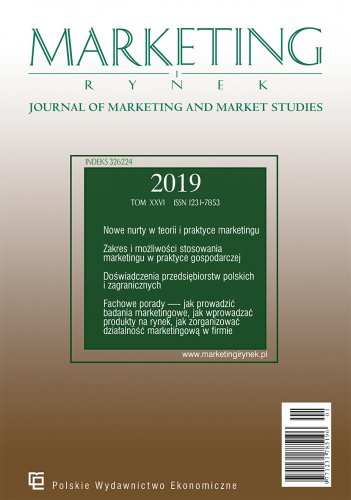Clusters, due to their unique properties, form an excellent space for establishing inter-organizational relationships. Cluster attributes, such as high levels of transactional trust, wide spectrum of interdisciplinary relational competences allocated in cluster members and in the cluster as a whole, contribute to maintaining the sustainability of these relationships. In turn, the sustainability of relationships depends on the quality of relational competences, which guarantee the achievement of benefits from cluster participation. The management of cluster relational competences boils down to guaranteeing the achievement of benefits stemming from cluster relations and sharing competences between entities in the cluster network. The durability of relationships, the capacity and ability to absorb assets, including knowledge from other entities, guarantees that cluster members build competitive advantages that the requirements of Industry 4.0. The cluster coordinator therefore faces the following challenge: how to efficiently and effectively manage the cluster's relational competences. Therefore, the research problem is the answer to the question of what the right course of management processes in a cluster should look like, fully utilizing the potential inherent in the cluster's entities, which at the same time would guarantee the achievement of synergistic benefits from cooperation in the cluster in the form of a pension from cooperative relations (relational pension). For the purpose of this article, the following thesis was formulated: a set of various relational competences available within a cluster and the interactions between the its members create an ecosystem which predispose the cluster to generate solutions on level with the requirements of Industry 4.0, which forces the cluster coordinator to care for the effectiveness of relational competences management.
The paper proposes of a model for managing the relational competences within a cluster, taking into account the demands of Industry 4.0. It is written based on a review of literature on inter-organizational relations, relational competences, and cluster management and development factors, cluster management, and the challenges of Industry 4.0. This article contributes to the literature on the management of relational competences in clusters in the face of the challenges of Industry 4.0. Moreover, it enriches the literature with a postulated model of relational competence management across cluster and can be a practical tool for improving the efficiency of the managing clusters as ecosystems of open innovation.
Keywords: cluster; cluster management; relations; cluster relation competence; relation competence management in clusters; Industry 4.0

